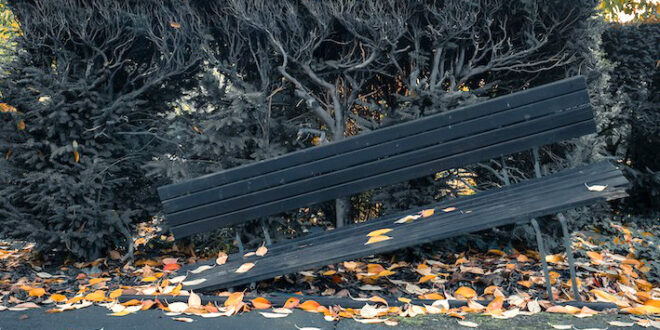We’re living longer – and it’s cause for celebration! But with an increase in years, the household furniture we once relied upon (or just plain ‘tolerated’), may no longer be suited to our more senior needs. In the face of challenges such as insomnia, arthritis, and poor circulation, the design of beds, chairs, and sofas becomes more important. As does the condition of furniture that has aged with us. Sharp edges, hard corners, rough surfaces, loose or frayed fabric, sagging seats, wobbly chair legs, and unsuitable heights can all contribute to injury or discomfort. Taking stock of your household furniture is an important part of self-care in your retirement years, so use the following checklist to get you started on safer senior living:
Table talk
Eyesight often deteriorates as we grow older, and while we may always have our spectacles on when out and about, we often ‘make do’ without them at home. That’s why tables with sharp corners are less desirable as we age – there’s just too much potential to inadvertently bump against them and injure ourselves. When choosing a table, look for one with soft, rounded corners, or go for a circular table. Extendable tables can also be helpful as they offer more space for moving about freely in a smaller room. While you’re on the hunt, steer clear of glass-topped tables – they are a heightened risk in the case of a fall.
Coffee tables are one of the most often used pieces of furniture in the home, especially as we grow older and spend more time relaxing. Make sure your ‘occasional’ tables have sturdy legs, are at a height that means you aren’t having to stretch to pick up hot drinks, and are positioned in such a way they don’t block the access ways around your home.
Bed basics
Getting in and out of bed more regularly is a given, as we age, and a mattress with firm edge can assist with these manoeuvres, as can the height of your bed. Talk to a bed specialist about how you can achieve everything you want in both comfort and safety, in the one hit because today’s sophisticated designs make it possible. If you are considering a new bed, also give some thought to how it will fit into your existing bedroom. More space around a bed makes for easier movement and bed making. If there’s the potential to downsize your bed, this may be your best option.
Arm yourself
Take a long look at your chairs. As we age, getting in and out of seats can become more demanding. Chairs with arms can help with rising out of a seat, and also lowering ourselves into position. You may find you feel more secure with a dining chair with arms as well, and if you don’t want the expense of purchasing an entire new set, settle for just one or two – mix and match is all part of the ‘shabby chic’ look!
When checking over your chairs, also take a good look at cushioning. If it’s too soft, you’ll sink deeply into the upholstery and may find rising difficult. As we age, we sit longer, so a hard seat isn’t ideal either. Firm but comfortable should be your aim, both in seat and backrests. Seat width and depth is another consideration, as in the right proportions, this helps support the upper body, and encourages healthy blood circulation. Try before you buy!
Sharpen up!
Over time, furniture can become damaged. Screws loosen, wood frays or splinters, springs pop through fabric, and DIY repairs leave bolts and wires protruding. Give your furniture a WOF check, and note any damage which means you could scrape or cut yourself. Skin thins as we age, and repair to soft tissue takes longer to heal. If your furniture has the potential to injure you, it’s time to farewell it – and this goes for outdoor furniture, too.
Self-care is paramount as we age, and having ‘loved’ a piece of furniture for decades is no reason to put yourself at risk from it.








Join the Discussion
Type out your comment here:
You must be logged in to post a comment.